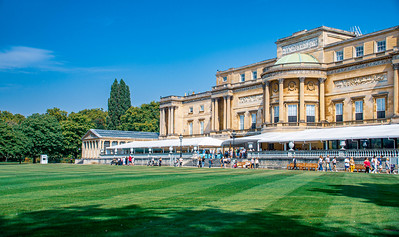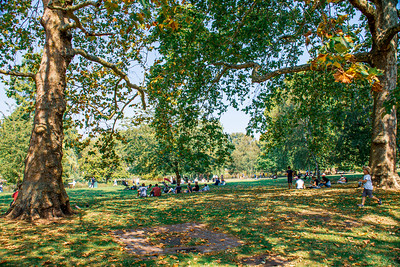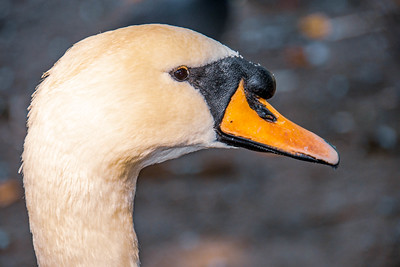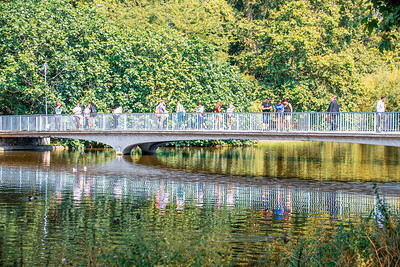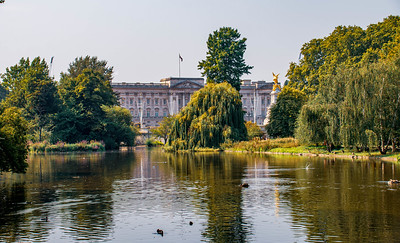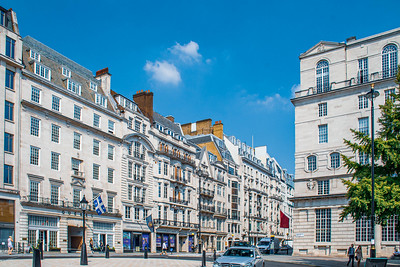About StJames’s
St. James’s is an exclusive area near Buckingham Palace, with many fine-dining restaurant options. The Theatre Royal Haymarket and Her Majesty’s Theatre stage West End plays. Art dealers surround Christie’s auction house, while the Royal Academy of Arts draws crowds to Piccadilly. Upscale shops include Fortnum & Mason, with its posh food hall, and Jermyn Street’s tailors. St. James’s Park is popular for picnics.
The area was once part of the northwestern gardens and parks of St. James's Palace. During the Restoration in the 17th century, the area was developed as a residential location for the British aristocracy, and around the 19th century was the focus of the development of their gentlemen's clubs. Once part of the parish of St Martin in the Fields, much of it formed the parish of St James from 1685 to 1922. Since the Second World War the area has transitioned from residential to commercial use.
St James's was once part of the same royal park as Green Park and St. James's Park. In the 1660s, Charles II gave the right to develop the area to Henry Jermyn, 1st Earl of St Albans who developed it as a predominantly aristocratic residential area around a grid of streets centred on St James's Square. Until the Second World War, St James's remained one of the most exclusive residential enclaves in London. Notable residences include St James's Palace, Clarence House, Marlborough House, Lancaster House, Spencer House, Schomberg House, Norfolk House and Bridgewater House.
en.wikipedia.org
